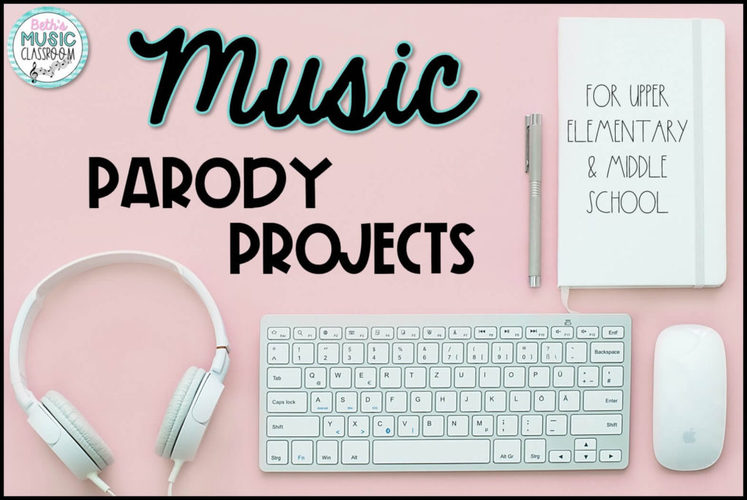
Here are some great ideas for a Parody Project and to help your students write their own parody song.
Writing a Parody Project in the Music Classroom
When I say the words “parody project” or to write a parody song, what do you think of? A mock-up of a classic commercial, old tv show, or a pop song rewritten to make fun of? Possibly! But not with this project! Your middle school students will surely love it, and there’s so much for them to learn in the process.
Once students understand the meaning of a parody, they are ready for the vocabulary terms used in their parody project. Middle school students will probably understand rhythm and rhyming sounds, but may still need it explained it in the context of a poem/song. The rhythm is the flow of the musical time in the song. Rhyme includes the patterns of 2 rhyming words that end the line or sentence. Understanding these two concepts is the basis for this writing project.
Then building up, explain terms like syllables and meter to help them understand how they must write their own lyrics. With this solid foundation, they will be ready to conquer the project!
Benefits of Writing a Parody Song
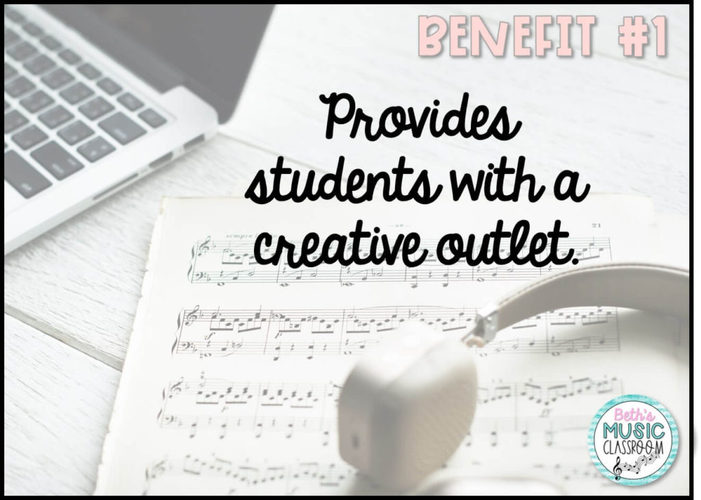
A parody project provides students with a creative outlet.
A parody project can be such a rewarding assignment for your students for many reasons. First, it provides them with a creative outlet in which to apply the concepts learned. Also, it can be effective for a specific learning project or goal. For example, writing a parody song can be a memorable way to recall facts on a historical figure’s life. It may aim at helping the writer, the audience, or both. Use a parody song to remind students of rules or to kick-off a big event, such as state testing week or a final sports game.
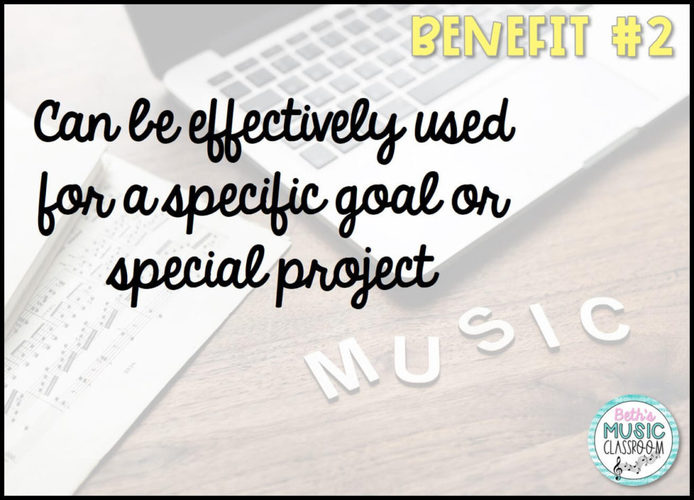
A parody project can be effectively used as a specific goal or special project.
Finally, to write a parody of a song or literature work, students need to fully know and study the original. Careful research, reading, and listening improves student’s understanding of the original work, whether for musical or literary characteristics.
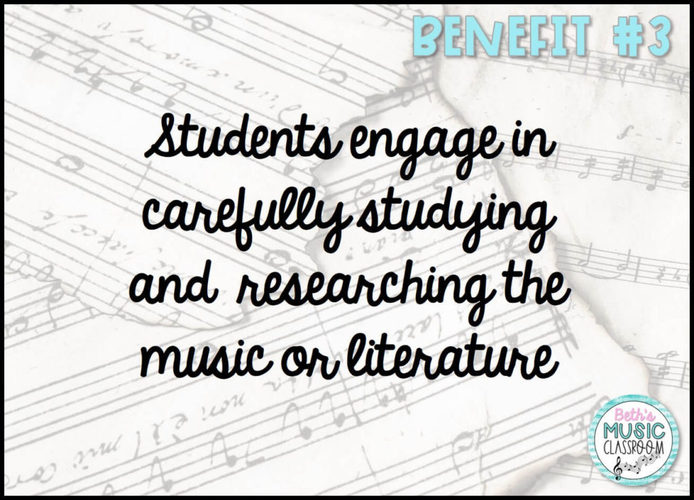
A parody project allows students to engage in a careful study and research of their music/literature.
Examples of Writing a Parody Song
To help understand their parody project and how to write a parody song, show your students several great video parody examples. One of my favorite parodies is Owl City’s Fireflies, written about IKEA. Although it doesn’t have an educational topic, it is still helpful in understanding a parody song.
Another light-hearted parody for younger kids is based on Carly Rae Jepsen’s “Call Me Maybe.” But Cookie Monster wants to introduce his own parody version called “Share It Maybe.”
“Let It Go” from the popular Disney movie Frozen is a great song to use for writing a parody. Here is a helpful example:
One more humorous parody example uses the song “Believer” to narrate a girl’s agonizing car trip with her family.
Suggestions for Assigning a Parody Project
Here are a few suggestions for assigning a parody project with your students. First, provide them with a solid foundation of the important vocabulary terms needed to write a parody. Using a worksheet with a vocabulary list and definitions can help students master it.
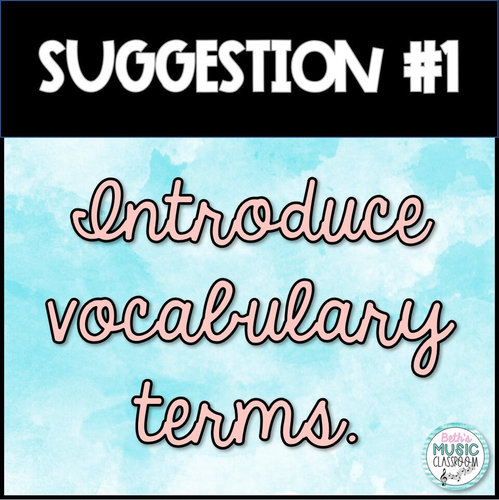
Introduce your students to key vocabulary terms.
Also be very clear with your guidelines and expectations for the project. Be sure to include information on the length the song/story should be, the topics to choose from, and the amount to rewrite (i.e. only the verse or verse and chorus).
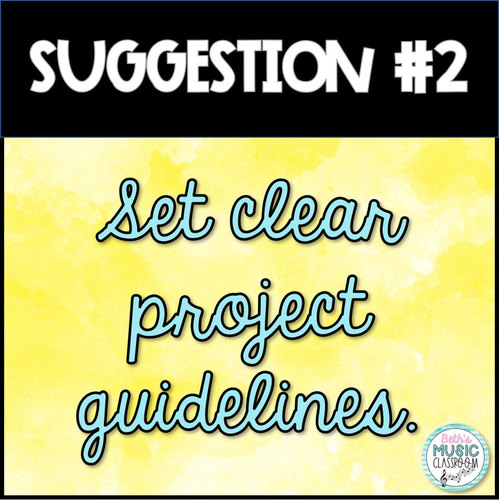
Set clear parody project guidelines for your students.
Third, provide specific information on how students should present their parody projects: i.e. PowerPoint/Slides, audio, video, typed, etc. Finally, help students think through the reason for this parody and who their audience will be. For example, will a group of Kindergarteners learning their ABCs be the target audience? Maybe it is a pep song for a championship game rally? Maybe your students just want to write a parody song for the laughs of their peers, and that’s totally fine! Just know the purpose of the parody.
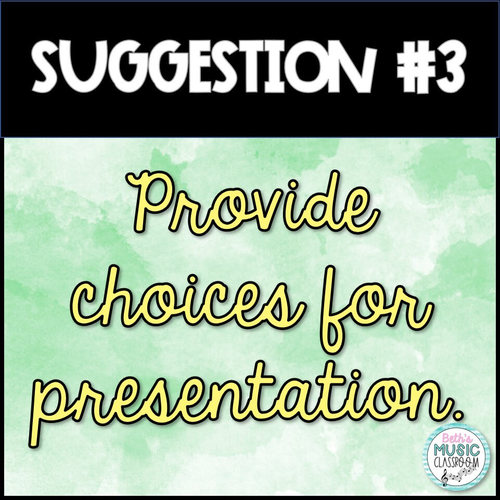
Provide choices for a method of presenting their parody. project.
“My Favorite Things” Parody Project
One of my favorite parody projects to do with grades 5-8 includes the well-known song from The Sound of Music, “My Favorite Things.” The students first work alone to create a list of their favorite things (i.e. food, hobby, school subject, sport, etc.). Then they pair up with a classmate to insert their list into the format of the song. The song is a great choice for writing a parody because everyone has different favorite things.
My students always loved watching The Sound of Music. You can find the short video clip for “My Favorite Things” here:
Once they write the stanzas, then students begin creating their PowerPoint or Google Slides or audio/video presentation. When completed each group can share their parody song with the rest of the class.
This “My Favorite Things” parody project can be a great “get-to-know-you” activity in September or an end-of-the-year project. If you’re interested in this type of project and want to check out my parody project, you can do that by clicking here!
I’d also love to hear about what kind of parody songs you have tried with your students. Feel free to e-mail me at bethsmusicclassroom@gmail.com.
You can also find another helpful blog post on teaching General Music: 5 Tips for Teaching Classical Music in the Classroom.

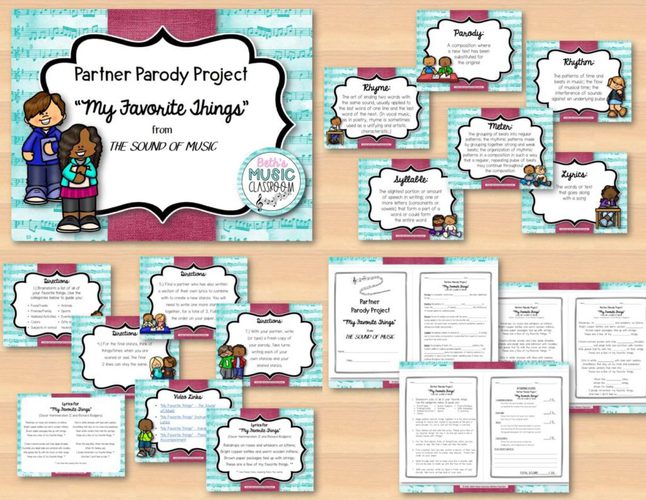
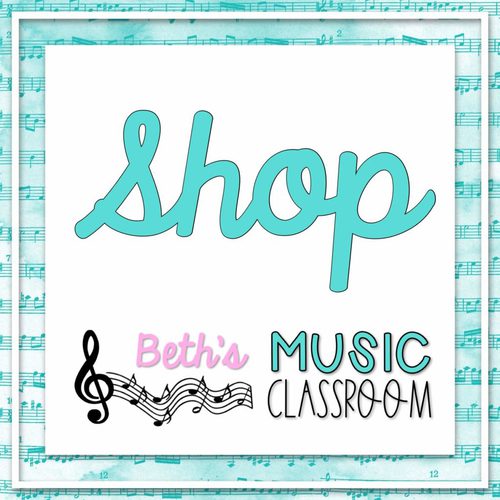
I am always looking for more ways to engage my 8th grade general music students. I love this idea of writing a parody song!
I have used the “You’re a Mean One, Mr. Grinch” song from The Grinch Who Stole Christmas. I initiate a discussion with my class on how the Grinch changes at the end of the story.
Could the song be sung at the end of the video? No! He has changed!
Then we write “You’re a Nice One, Mr. Grinch” (or something of that nature).
We change all the negative words and phrases and even ‘create’ some new words (ex. replace the original made-up words such as ‘nasty, wasty sot’).
We sing them to the class at the end of the project. So much fun!
Oh, what a great idea for a parody! Love it! I’m so glad you shared that with me! Thanks, Kathy!